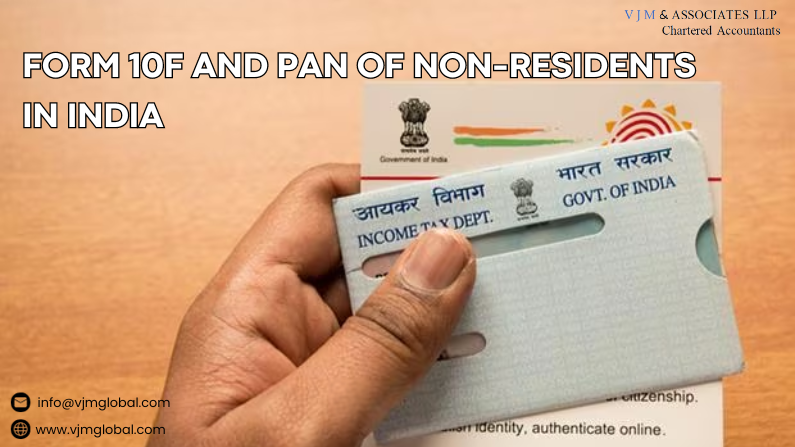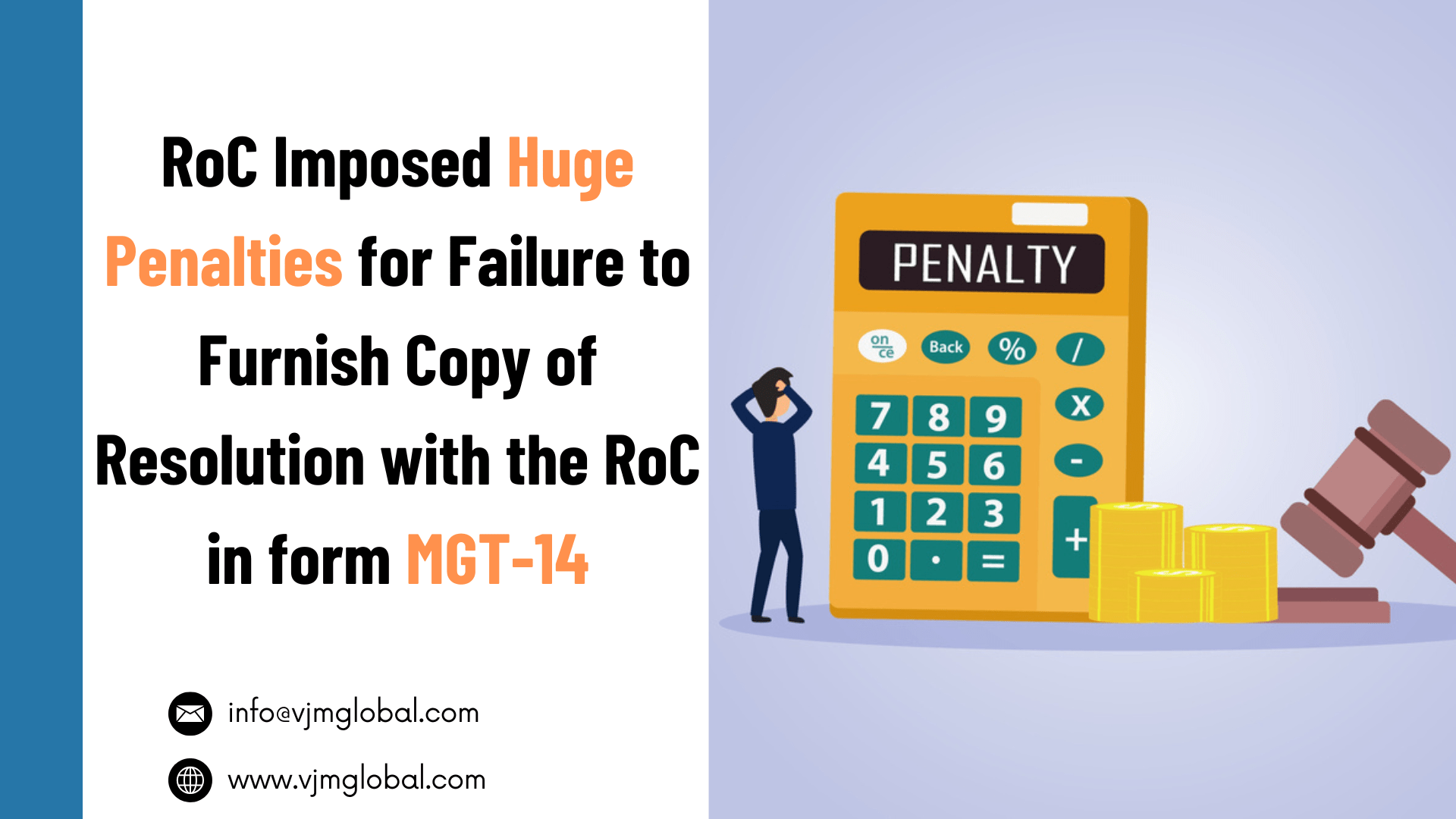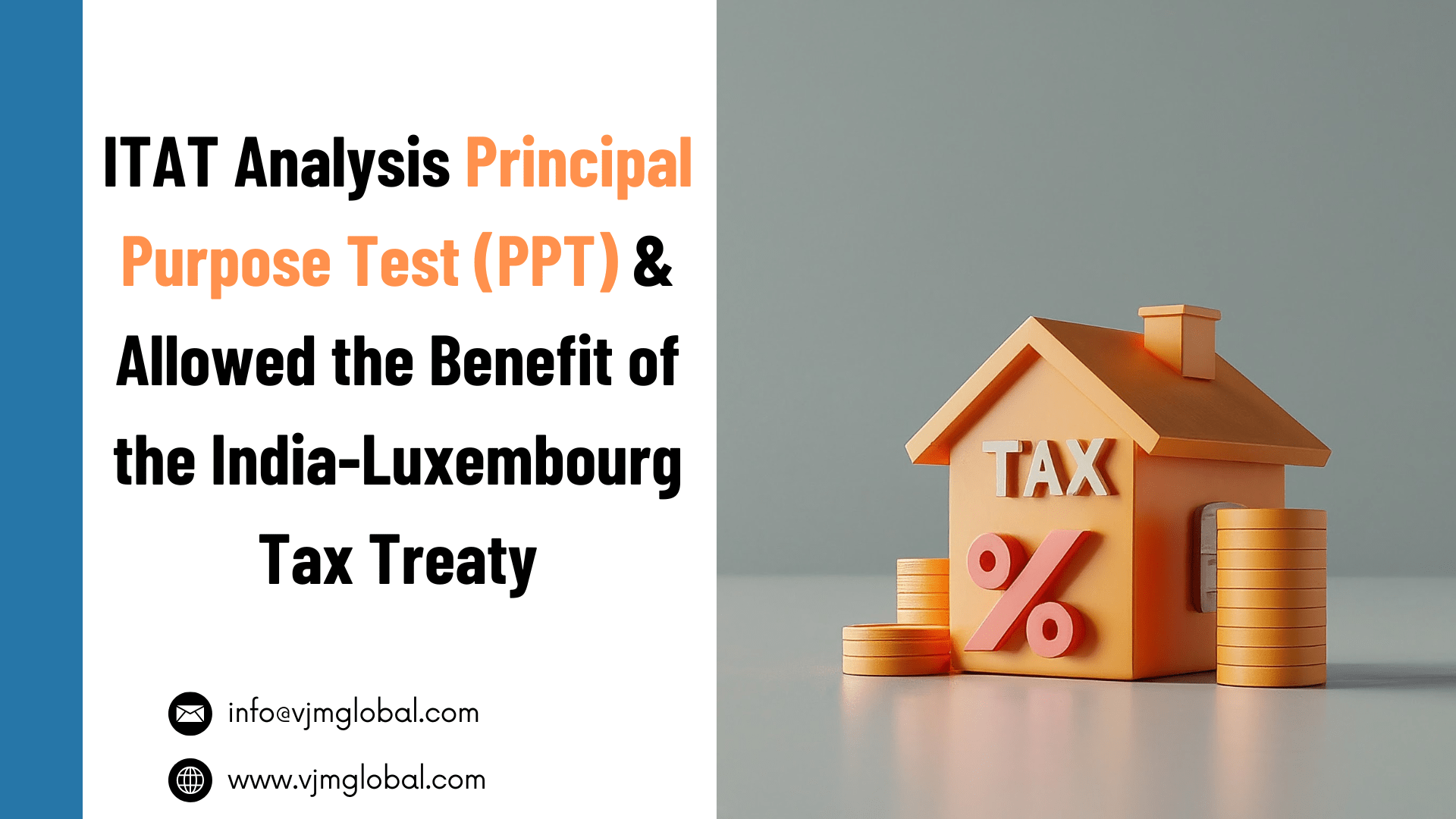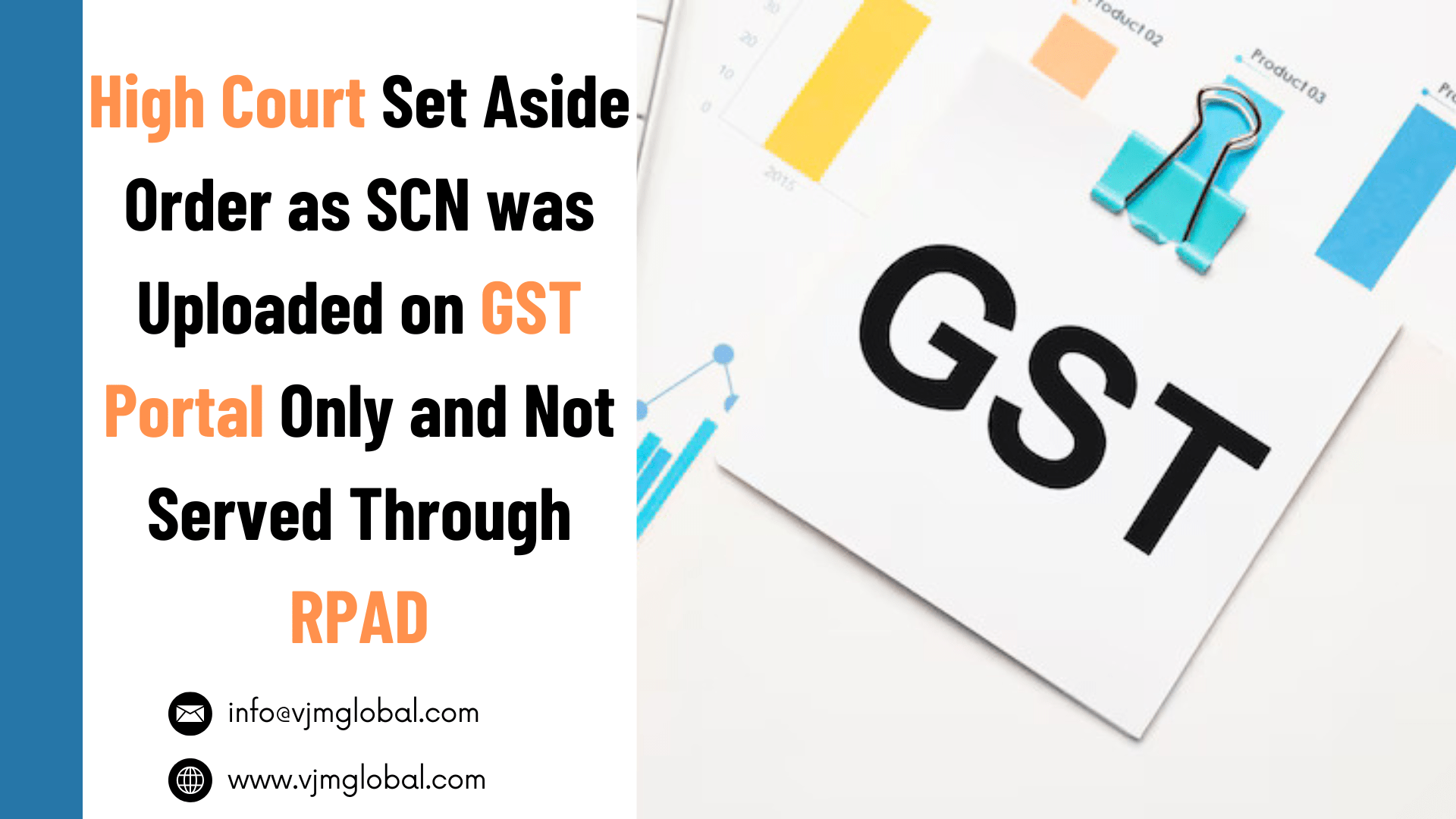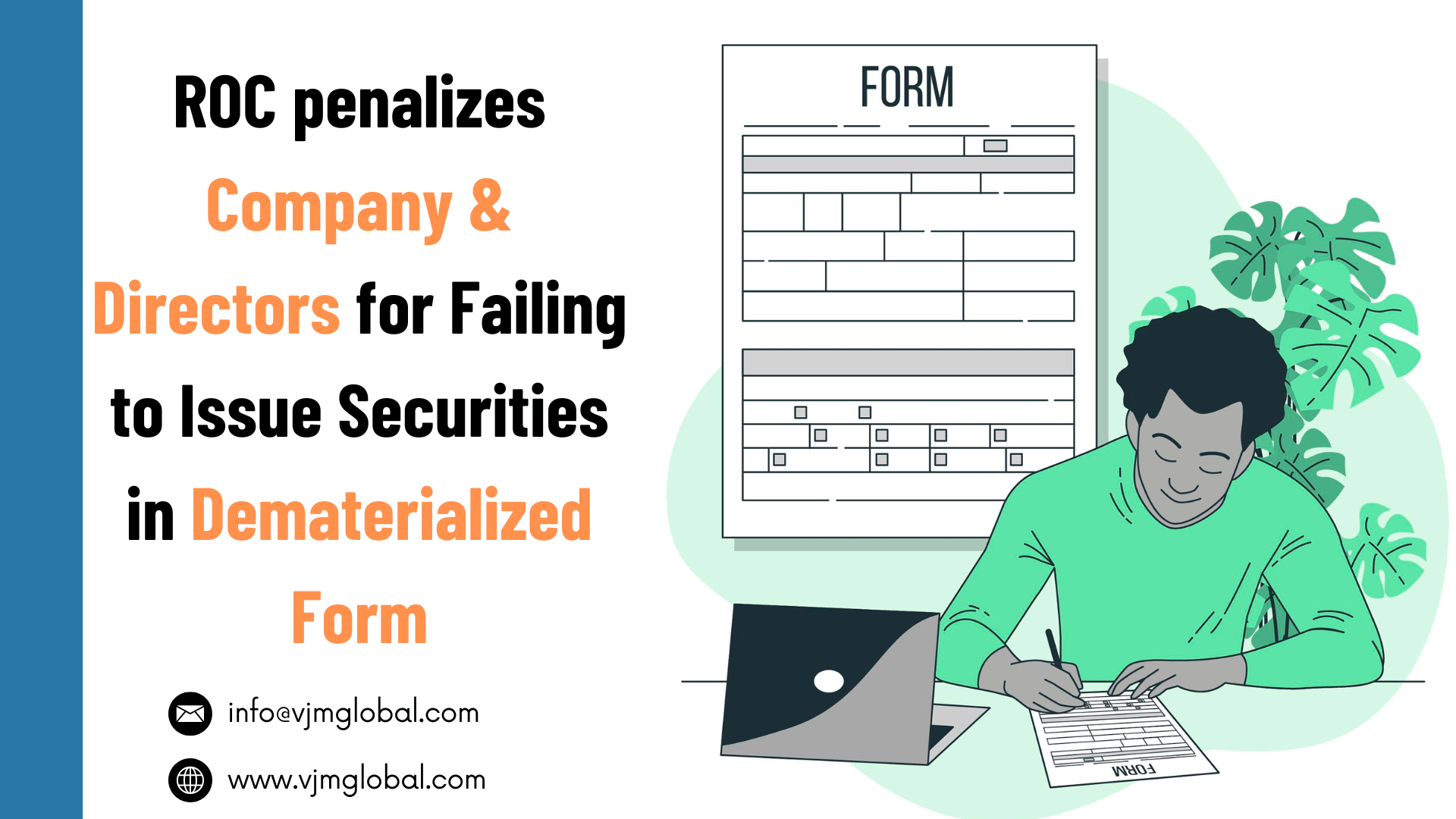Double Taxation avoidance agreement is entered between two countries to avoid dual taxability of the same income in 2 countries. Section 90 of Income Tax Act, 1961, permits the central government to enter into agreement with any other country to avoid double taxation and maintain mutual economic relations, trade and investments. In accordance with Double Taxation Avoidance Agreement (DTAA), Income is taxed in only one country and the assessee is not required to pay tax in another country.
However, for the purpose of claiming such exemption, Assessee is required to submit certain documents. As per Section 90A(4) of Income Tax Act, 1961, a non-resident assessee shall not be entitled to claim the benefit under DTAA unless he obtained a tax residency certificate from such other country.
A detailed discussion about Form 10F and its related issues are as follows:
1. What is Form 10F under Income Tax Act
- Any income accrued or arises in India is taxable in India even if the assessee is a Non-resident. Further, TDS is also required to be deducted on such income while making payment to non-resident.
- However, in various cases assessee is not liable to pay income tax on such Income in India in pursuance to DTAA entered into between India and his resident Country.
- As per Section 90(4) of Income Tax Act, a non-resident Assessee is entitled to claim the benefit of DTAA only if he obtains a Tax residency certificate from his resident country.
- As per Section 90(5) read with Rule 21AB of Income Tax rules, an Assessee is required to file following information in Form 10F:
- Status (individual, company, firm, etc.) of the taxpayer
- Pan Number
- Nationality (in case of an individual) or Country or specified territory of incorporation or registration (in the case of others);
- Tax Identification Number of the assessee, in the country of Residence or Unique Tax Identification Number;
- Period for which residential status is applicable;
- Address of the assessee in a country of residence.
- The Assessee is required to file Form 10F along with Tax Residency Certificate obtained from his home Country with Income tax authorities to obtain the benefit of DTAA.
- As per Rule 21AB of Income tax rules, If TRC contains the required information which is otherwise furnished in Form 10F, such as nationality, status, tax info, and address, then the assessee is not required to provide the information or any part thereof in Form 10F. However, to avoid any dispute, it is always advisable to furnish the complete information in Form 10F.
2. What is a Tax Residence Certificate (TRC)
- TRC is issued by Income Tax Authorities to the Assessee confirming that he is resident of such Country for the purpose of Income Tax.
- For residents claiming benefit of DTAA in another country, Tax Residency Certificate is issued in Form 10FB by the Income Tax Authority certifying that such person is a resident of India for the purpose of Income Tax Act.
- Application for issuance of Tax residency certificate is filed in Form 10FA. TRC valid for one financial year.
- Following information is given in TRC:
- Name of Person
- Status
- PAN or Aadhar Number
- Address of the person during the period of residency
- A certification that assessee is a resident of India for the purpose of Income Tax Act.
- Period of Validity of Certificate
- Date of issuance of certificate.
3. What is the Procedure for Filing of Form 10F
- So far, Non-resident are required to File Form 10F manually with jurisdictional officers. However, the option to file Form 10F online is also available.
- Income Tax Department mandated the electronic filing of Form 10F vide notification no. 03/2022 dated 16th July, 2022.
- For filing of Form 10F online, taxpayer is required to following process:
- Log in to income- tax portal account at https://www.incometax.gov.in/iec/foportal with PAN and password.
- On e-file tab, select ‘Income Tax Forms’ and then click on ‘File Income Tax Forms’
- Select ‘Persons not dependent on any Source of Income (Source of Income not relevant)’
- Choose Form 10F from the available forms list.
- Select the relevant Assessment Year (AY) and click ‘Continue’.
- Enter the required details and attach a TRC copy.
- Signing of Form 10F with digital signature or electronic verification code as per Rule 131 of IT Rules.
4. PAN by Non-resident for Filing of Form 10F
- Till issuance of notification No. 30/2022 dated 16th July, 2022, taxpayers were having the option to file Form 10F manually. For manual filing, taxpayer are not required to have PAN.
- However, post mandatory e-filing of Form 10F, taxpayers are mandatorily required to obtain PAN in India even though they are not required to obtain PAN under Income Tax Act since a taxpayer can login on income tax portal only with PAN.
- Understanding the practical difficulties being faced, Income tax department relaxed the requirement of mandatory e-filing of Form 10F for those non-resident (NR) taxpayers who were not having PAN and not required to have PAN till 31st March 2023.
- CBDT Further extended such relaxation till 30th September, 2023 vide F. No. DGIT(S)-ADG(S)-3/e-Filing Notification/Forms/2023/ 13420 dated March 28, 2023.
- Therefore, till 30th September, 2023, those taxpayers who are not having PAN and not required to have PAN may file Form 10F manually.
- However, post 30th September, 2023, all taxpayers are mandatorily required to obtain PAN in India even though they are not liable to file Income tax return in India.
5. Closure
PAN is considered as a valid Identity proof in India. With mandatory required of obtaining PAN in India, non-residents will come into official records of India through PAN even though they have nothing to do with this PAN.

